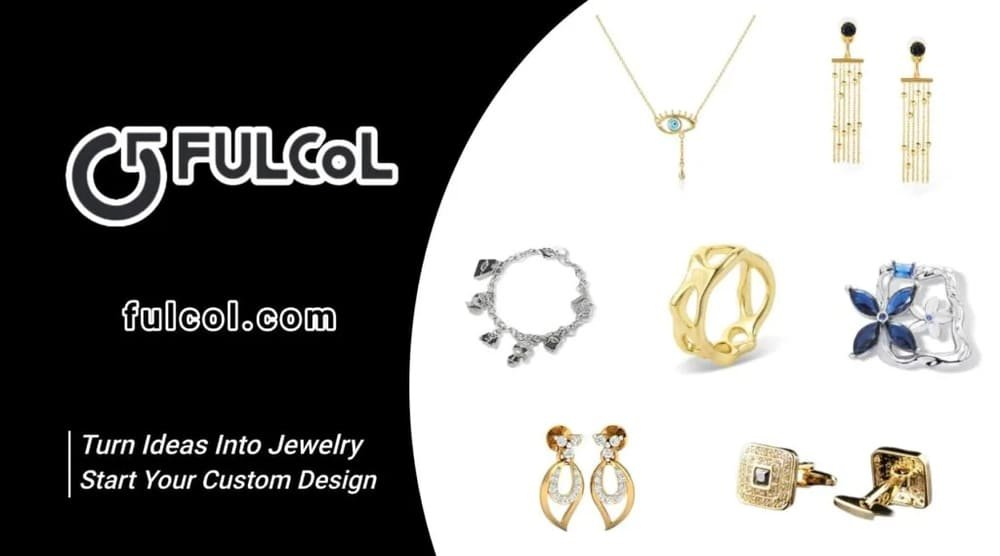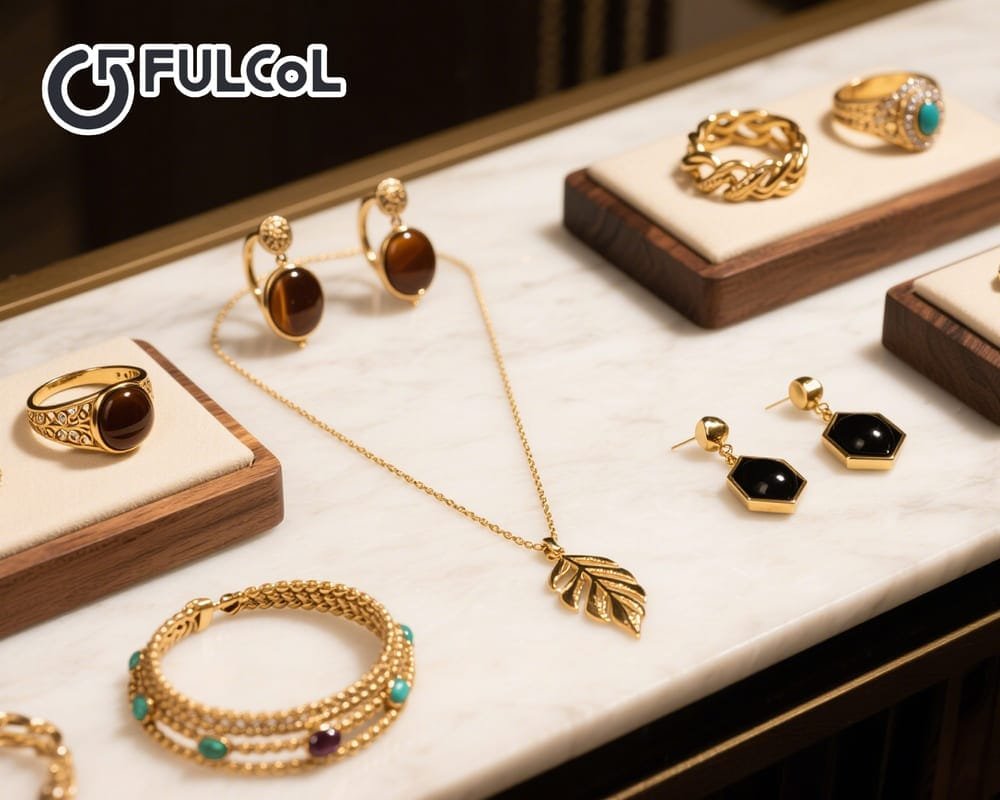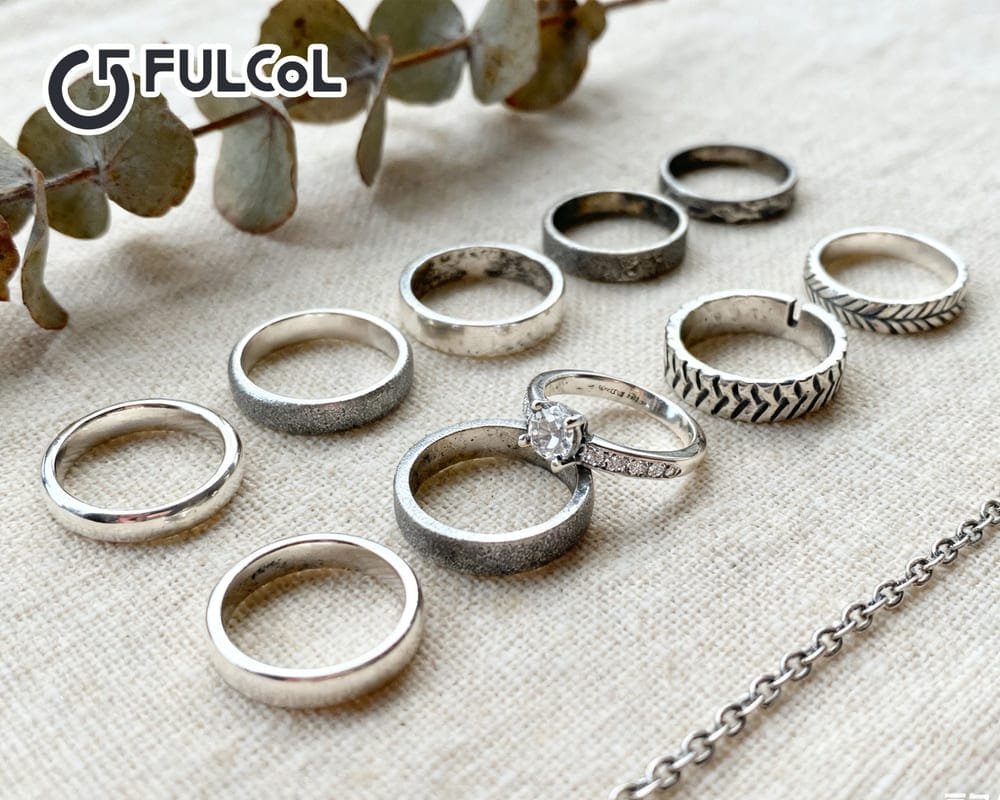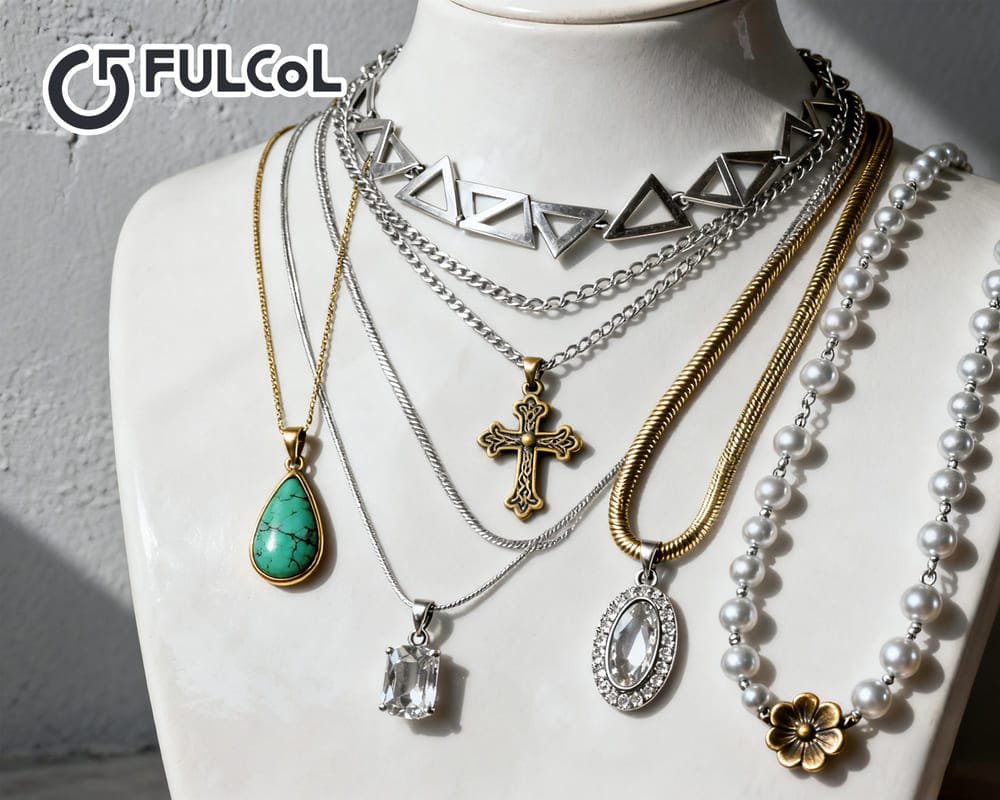Table of contents
- What is Electrophoretic Coating and How Does It Work on Brass Jewelry?
- Step-by-Step Electrophoretic Coating Process for Brass Jewelry
- Common Tools, Materials, and Recommended Techniques
- Electrophoretic Coating vs Other Protection Methods
- Jewelry Supplier Selection Criteria and E-Coating Comparison
- Common Problems and Solutions in Electrophoretic Coating
What is Electrophoretic Coating and How Does It Work on Brass Jewelry?
Electrophoretic coating (E-coating) is an advanced surface finishing process that uses an electric field to deposit charged paint particles uniformly on a metal surface, forming a transparent or colored protective layer. Its use in brass jewelry is increasingly popular due to its effectiveness and precision.
1. Basic Principle
- The coating particles carry an electric charge and are attracted to the jewelry surface under the electric field.
- The deposited layer is uniform and dense, covering even intricate designs and details.
2. Relation to Brass
- Brass is a copper-zinc alloy that is strong but prone to oxidation and tarnishing.
- The E-coating acts as an invisible shield, preventing corrosion and discoloration while preserving the natural metal texture.
3. Unique Advantages
- The coating is thin and transparent, preserving the jewelry design
- Provides durability and corrosion resistance for daily wear
- Highly controllable process, ideal for brass jewelry manufacturers in large-scale production.
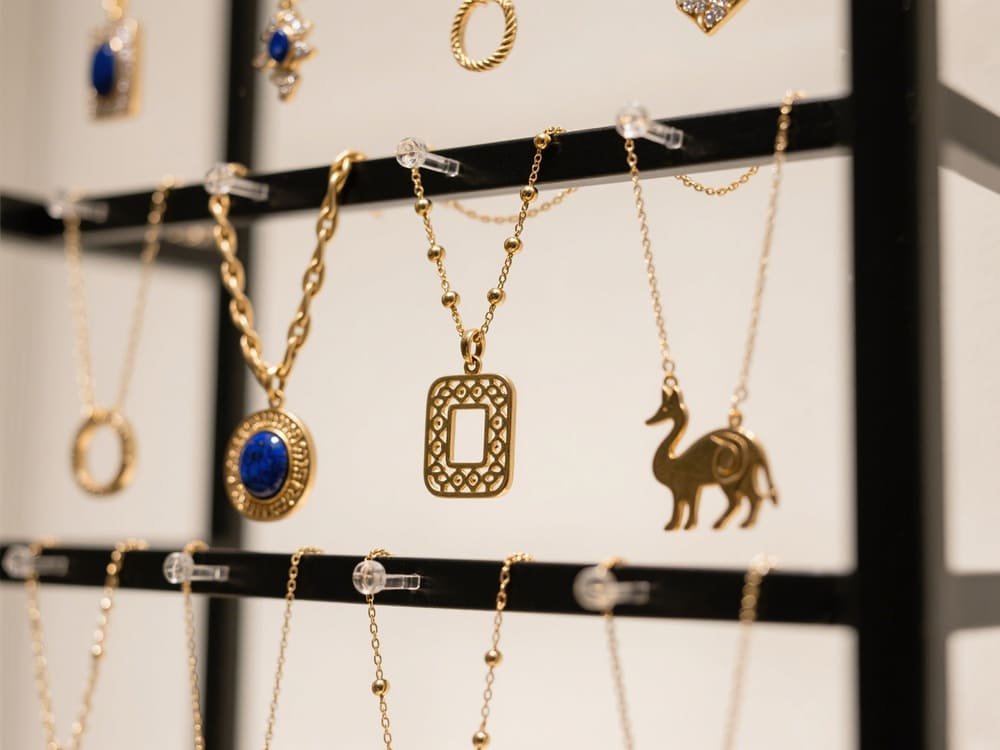
Step-by-Step Electrophoretic Coating Process for Brass Jewelry
Electrophoretic coating is a precise system. Improper handling can result in peeling or yellowing even on expensive pieces. Standard steps include:
1. Surface Cleaning and Pretreatment
- Degreasing: Remove oils and polishing residue using alkaline cleaners or ultrasonic cleaning
- Acid activation: Light acid etching enhances adhesion
- Rinse: Ensure no chemical residues remain to avoid uneven coating.
2. Electrophoretic Deposition
- Voltage control: Typically 30–150V, adjusted according to item size and desired thickness
- Time control: Deposition lasts 1–3 minutes; excessive time may cause cracking
- Temperature & pH: Maintain 20–30°C, pH 5.5–6.0 for uniform deposition.
3. Curing and Drying
- Bake at 150–180°C for 20–30 minutes
- The process cross-links coating molecules, enhancing hardness, abrasion resistance, and adhesion.
4. Professional Tools and Materials
- Industrial electrophoretic tanks, DC power supplies, temperature and circulation control
- Eco-friendly water-based E-coating paints
- Gloss meters and adhesion testing equipment.
By following these steps, a custom brass jewelry manufacturer can ensure each piece has a uniform, transparent, and durable coating.
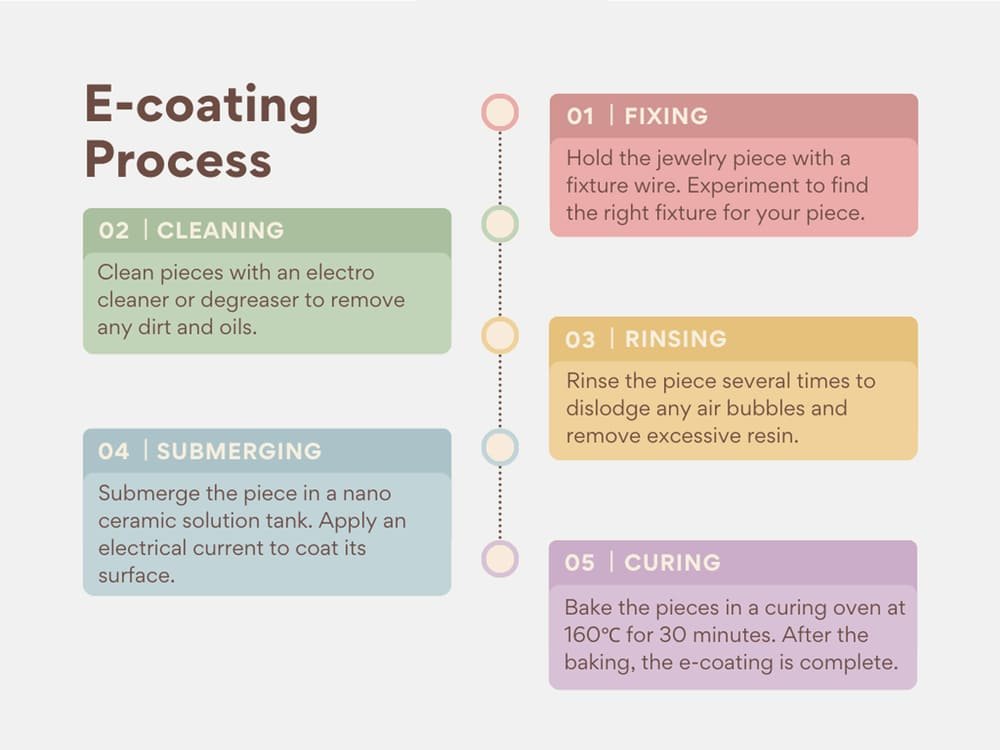
Common Tools, Materials, and Recommended Techniques
Coating quality depends not only on the process but also on the equipment, materials, and testing methods used:
1. Equipment
- Industrial E-coating tanks for large-scale production, ensuring stable current and temperature
- Small workstations for designer brands or limited custom runs
- Filtration and circulation systems to maintain paint purity and avoid contamination.
2. Material Selection
- Eco-friendly water-based E-coating paints free of VOCs, compliant with RoHS and REACH
- Transparent or colored coatings: transparent preserves brass appearance; colored options allow antique black, rose gold, or other decorative effects.
3. Quality Testing Methods
- Hardness testing: pencil hardness method to assess scratch resistance
- Adhesion testing: cross-cut test for coating strength
- Salt spray testing: high-quality coatings withstand ≥240 hours in saline environments without visible corrosion.
Electrophoretic Coating vs Other Protection Methods
Common methods include plating, spray painting, clear lacquer, and electrophoretic coating. Comparison:
| Method | Advantages | Disadvantages | Suitable For | Durability (Salt Spray Test) |
|---|---|---|---|---|
| Plating | Decorative, multiple color options | Thin, wears easily, may contain heavy metals | High-end jewelry | 24–72 hours |
| Spray paint | Low cost, simple process | Peels easily, low abrasion resistance | Fast-moving consumer items | <48 hours |
| Clear lacquer | Preserves metal appearance, easy application | Yellowing, weak adhesion | Crafts, temporary protection | ~72 hours |
| Electrophoretic coating | Uniform, eco-friendly, durable, batch consistency | High equipment cost, process control required | Mid- to high-end brass jewelry | ≥240 hours |
📌 Insight: E-coating offers superior durability, environmental compliance, and consistency, making it the preferred process for modern brass jewelry manufacturers.
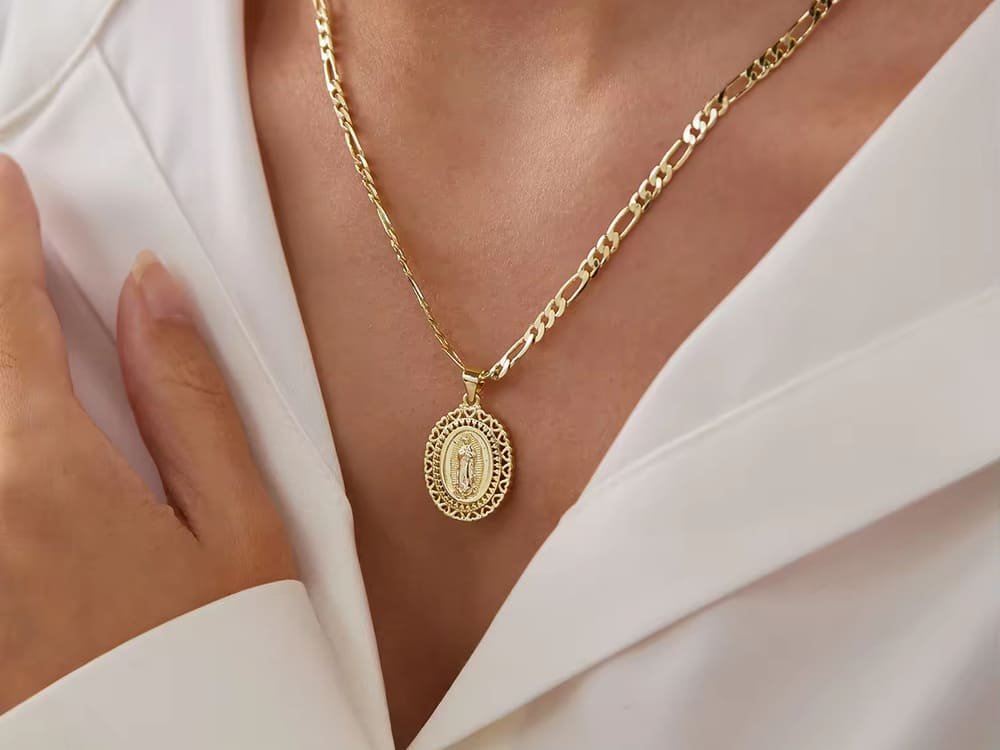
Jewelry Supplier Selection Criteria and E-Coating Comparison
When collaborating with international brands and designers, E-coating quality directly affects order compliance and delivery. Key supplier evaluation points:
- Coating consistency: Thickness, gloss, and color variation across batches
- Standardized procedures: SOPs, quality records, and equipment maintenance
- Environmental compliance: SGS, REACH, and RoHS certifications
- Process versatility: Support transparent, matte, colored, and composite coatings
- Sampling and after-sales: Quick prototyping, coating thickness adjustment, and custom finish development
Common Problems and Solutions in Electrophoretic Coating
Even with standardized procedures, some issues may occur:
- Bubbles or pinholes: Caused by inadequate surface cleaning or paint contamination; solution: enhance pretreatment and maintain filtration
- Coating peeling: Due to insufficient acid etching or inadequate curing temperature; solution: control acid etch time and baking conditions
- Uneven color: Caused by unstable voltage, time, or pH; solution: standardize parameters and calibrate equipment regularly
- Reduced corrosion resistance: Caused by low-quality paint or uneven thickness; solution: use compliant water-based E-coating paint and ensure uniform film thickness.
Proactive testing and process optimization enable a custom brass jewelry manufacturer to minimize defects and maximize customer satisfaction.
| Start Your Custom Order | Email: info@fulcol.com | Number: +86 13055603907 |
Electrophoretic coating is not only a protective technique for brass jewelry but also a reflection of supply chain stability and brand value. With increasing demand for durability and environmental compliance, more manufacturers are adopting E-coating as a core process. Whether for large-scale production or small-batch customization, brass jewelry manufacturers and custom brass jewelry manufacturer benefit from its superior protection, consistency, and aesthetic quality.
